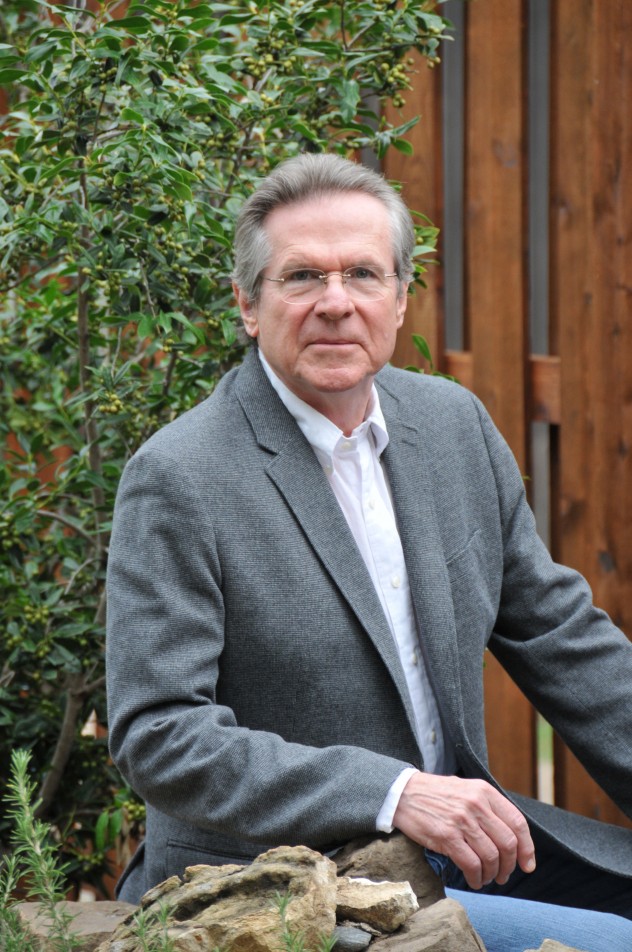
By Dr. Greg Lendvay
Note: This post is a follow-up to Tell Stories And Unleash The Drama. It offers a specific example of how the use of dramatic, participatory story-telling can engage the imagination and support learning in the social studies curriculum. The sample story entitled “The Haudenosaunee, People of the Longhouse” is available for download at the end of the post. Finally, review our Tips For Imaginative Educators to learn more about all the cognitive tools described below (e.g. the story-form, mental imagery, metaphors, drama/play, dramatic oppositions).
Envisioning The Story
The story of the Haudenosaunee can be prepared for elementary or secondary students, depending on the curriculum and literacy objectives that the students are to manage. The Haudenosaunee gives an important example for social studies analysis. Their form of government provides an example of representational government that is indigenous to the Americas and can be compared and contrasted with classical forms of democracy and republicanism. Their practice of shared power and the art of consensus making are extremely valuable practices to analyze.
The story is filled with ways to evoke wonder and present information worth investigating. Plan for ways that will allow your students to experience the elements of the story through emotional participation. You can select content vocabulary and concepts for the students to explore. Any curriculum issue that can be imagined can be voiced in words. Geography issues, ecological concerns, aspects of culture and comparison of cultures, control of power, law and government come together in this story. The geographic, ecological, cultural, political, and economic issues can all be envisioned and embodied through actions, told in words, and echoed in words and movements.
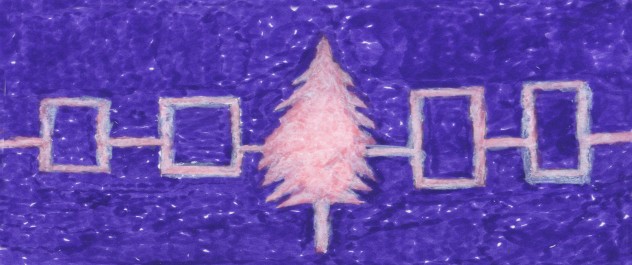
Any curriculum issue can be imagined as actions embodied in a specific place, illustrated through words and movement, and explored as valuable and worthwhile. Story gives the framework for the imaginations of teachers and students to explore any curriculum issue.
Dramatic Tensions
The story invites exploration of geographic information and ecological concerns, physical features, use of resources, and management of resources. Students can use the story to explore adaptations, modifications and the vocabulary that can be associated with these concepts. Preservation of resources and use of resources can also be investigated.
The opposition of exclusive power/shared power frames key elements of the story. Men and women in the Haudenosaunee society shared power within the community and in its political structures. The society was matrilineal, the clans were organized according to the family of the mother. Women owned the property and led the community’s use of land and resources. The men hunted and provided protection. Some of the men were selected by the women to be representatives of their family, clan, tribe, and league (the confederation). Women could remove any of the representatives that did not serve the community well. Students can explore this example as a way to analyze effective ways to share power, compare with the ways power was shared in other communities, and speculate on how to best share power in their own communities.
Conflict management can be highlighted. War/peace or majority rule/consensus are oppositions that can be analyzed, too. These oppositions can be emphasized as the students act out or present specific scenes of the drama.
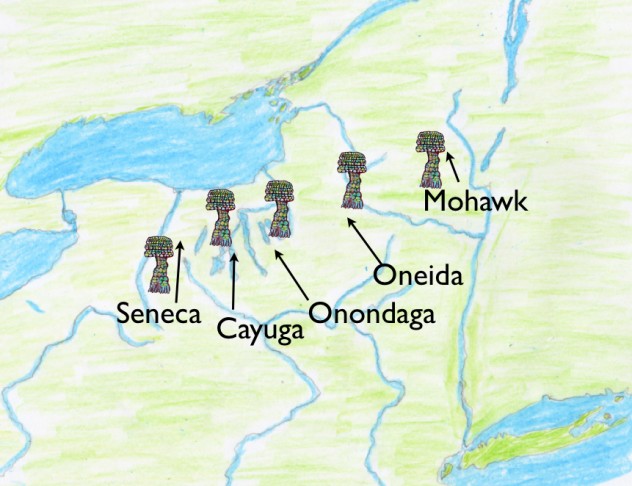
Use Of Metaphor
The “tree of peace” becomes a key metaphor within the story. The tree was located in the territory of the Onondaga, at the center of the confederation. At the end of the story, everyone is invited to sit under this tree. The Onondaga were also the “keepers of the central” fire.
The common fire, one fire shared with all the families and clans, is an important metaphor that can be explored symbolically with the students. You could do this as a preface to the story. Divide the students into groups. Select two students to be the “keepers of the coals”. Position them in a central part of the room. Instruct the students to extend their left hands in front of them in a horizontal position. Ask them to place their right hands in a vertical position over their left hands. Invite them to jiggle their right hands like flames flicker. Their hands become coals
and flickering flames of fire.
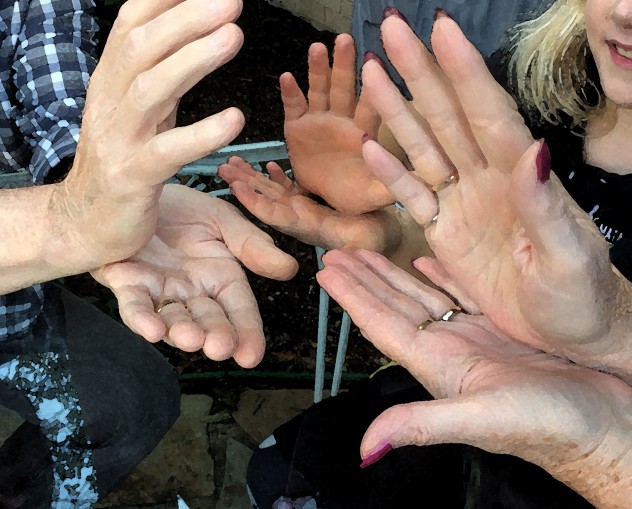
Have one member of the groups come to the keeper of the coals. The keepers give fire to each representative. These students place their left hands in the horizontal position and their right hands vertically over their left palm. Each of the representatives has coals and flickering flames to take back to their groups. When they get there, the representatives share the fire with all the other students. Soon everyone will have coals and a flickering flame. Afterwards, let the students describe and explain what they did and what it meant to them.
The “one arrow” and “five arrows” becomes a critical analogy that explains how the tribes can survive if they join together. Select students to represent the Peacekeeper, Hiawatha, and the people. The characters can mime the actions of the narration. The rest of the students contribute as the chorus, repeating key works and phrases as emphasized by the narrator.
Increase Participation: Use Words To Evoke Mental Imagery And Movements To Engage The Body
You can select students to act out the movements of physical features: trees growing, trees and bushes producing fruits and berries, animals walking to a stream, a babbling brook, fish swimming and jumping in the fresh water. Students can illustrate the construction of a longhouse—cutting down the trees, shaping the poles, building the walls and roof, constructing the fence. Students that are not selected to act as a physical feature or animal, become the chorus. Have the chorus put into voice what the actors are doing. You, as a narrator, can express the words and have the chorus repeat key words and phrases that you speak.
The actions of the women and the men can be mimed as the narration unfolds. The chorus can repeat the key words and phrases that describe the actions. Things like the women planting the corn, bean and squash seeds can be acted out. Students can become the plants that grow together and thrive as the “three sisters”.
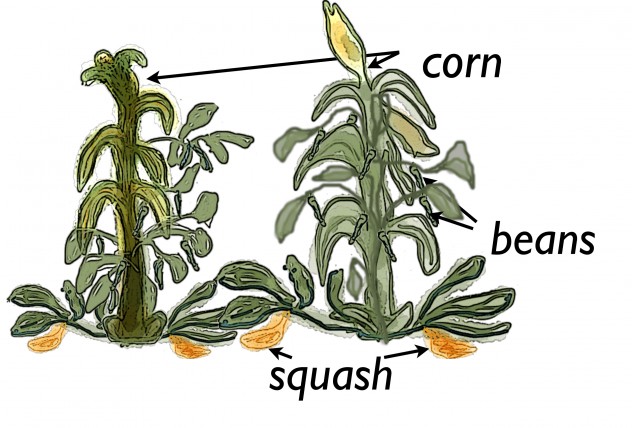
The story gives specific ways for students to see the meaning of concepts in action. The judicial branch of government is embodied in the Haudenosaunee women and their ways of making judgments for the community. The students can mime actions of the women solving problems or conflicts and discussing which men should be chosen to represent the clan. As the narration is put into words, the chorus can repeat the key phrases, put gestures into words, and comment on actions. The same interactive processes can be done for the executive and legislative branches.
Any concept can be embodied in action and movement. Any action can be put into words. Repeating the key works echoes the meaning of the embodied concept!
Activities That Engage The Local Natural And Cultural Place
The classroom has a culture. Using dramatic presentations contributes to the character of the classroom culture. Students are respected by being invited and allowed to participate in non-threatening ways. Experiencing the story of the Haudenosaunee as a dramatic, participatory presentation lets the students experience concepts and vocabulary connected to actions, movement, gestures, voice, and resounding highlights echoing the important events as they unfold.
A story belongs to a place that gives a depth of meaning to all the actions that unfold in the drama. Place influences culture and social interactions! The story can be a way for students to compare, contrast, and examine their own physical places and cultures with the example of the Haudenosaunee. Through engagement of the imagination, students can create their own meaning to curriculum content. Students can give flesh to the content as it emerges within their own located experiences.
Dynamic, participatory dramas unleash students’ imaginations!
Download the story
 Loading...
Loading...
Please leave comment. Share your story!
How do you employ story-telling and drama in your teaching?
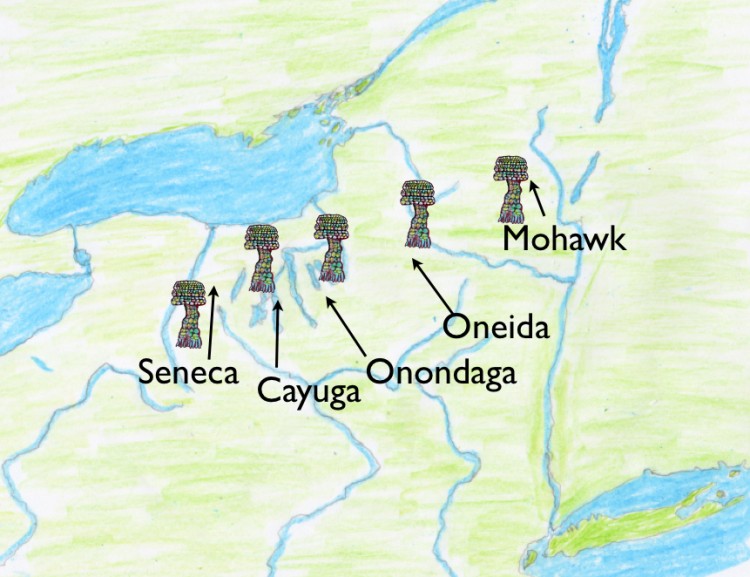

I would love to share the story with my students. Could you please help me figure out how to download it?
Hi Michelle. I just checked–it does work! You click on the symbol in the top-right corner–it enlarges the story and gives you options for download etc. Enjoy!